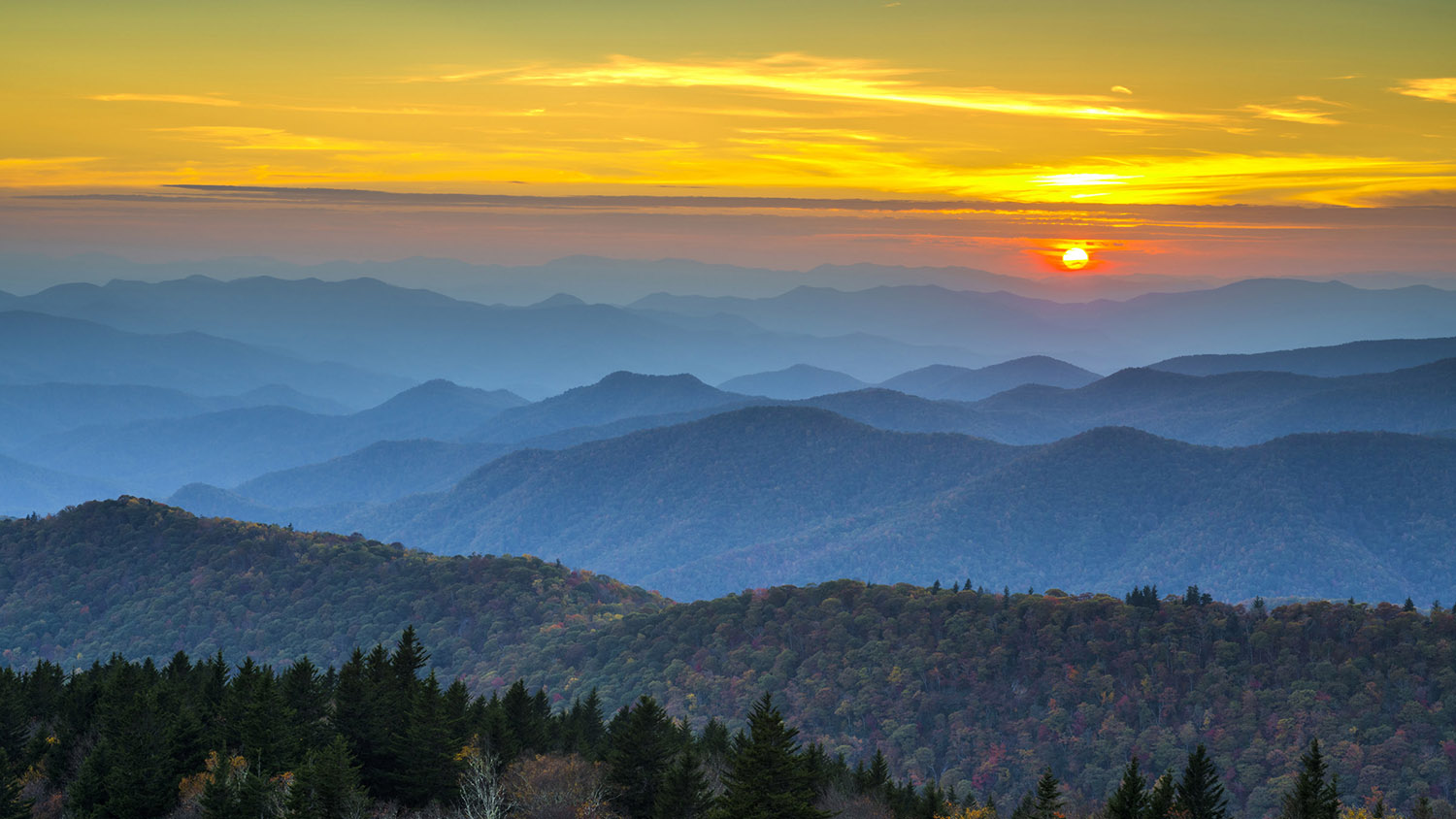CALS grad leads People's Garden program
Livia Marques followed her husband to North Carolina State University. She followed her heart to a bachelor’s degree in horticulture. That degree led Marques across North Carolina and the country, eventually depositing her in Washington, D.C., where she leads the popular and growing People’s Garden program.
Marques arrived in Washington in early 2009, just as the first People’s Garden was being created at the U.S. Department of Agriculture headquarters in Washington.
“I arrived the day before the groundbreaking” for the garden, Marques says.
Secretary of Agriculture Tom Vilsack created the People’s Garden program as a way to commemorate Abraham Lincoln’s 200th birthday. Lincoln created the Department of Agriculture, calling it “the people’s department” when he did so.
Marques, who had been working for USDA since 1992, says she was “asked to come and help” get the People’s Garden off the ground, or perhaps in the ground is more accurate. She thinks she was tapped because of her horticultural background.
Marques got that horticultural background in the College of Agriculture and Life Sciences. Her path to NC State was circuitous. She grew up in Hialeah in South Florida and first attended a small liberal arts college in Sarasota, Florida.

The Sarasota school was not a good fit, but Marques did meet her future husband there, and he was headed to graduate school at N.C. State. Marques followed, and at first it appeared N.C. State might not be a good fit either.
When she first came to N.C. State, Marques majored in psychology. But she didn’t like psychology and began looking at other programs. That was when she discovered the Department of Horticultural Science.
“I just fell in love with horticulture,” she says. “The department was so welcoming.”
Marques singled out three teachers – Dr. Paul Fantz, emeritus professor; Will Hooker, professor; and Curtis Brooks – as being particularly influential. Brooks, who was a teaching assistant and visiting lecturer when Marques was a student, is now urban forester/special projects coordinator for the Town of Chapel Hill.
“They had a tremendous impact on me,” says Marques of Fantz, Hooker and Brooks.
She graduated in 1990, then managed a landscape nursery in Raleigh for two years before joining USDA as a soil conservationist with the Natural Resources Conservation Service (NRCS) in Duplin County. Marques settled in with USDA but by no means did she settle down. She worked as a soil conservationist in New England, served as an NRCS Plant Resource Specialist in Annapolis, Maryland, was the state conservationist in Reno, Nevada, then moved back across the country to North Carolina, where she was Science Delivery Coordinator at the U.S. Forest Service Southern Research Station in Asheville. That’s what she was doing when she was summoned to Washington to work on the People’s Garden initiative.
Once the first People’s Garden at USDA headquarters was established, Marques turned her attention to spreading the program throughout USDA, encouraging the establishment of gardens at USDA facilities and offices across the country. That was the original intent of the program, gardens at USDA offices and facilities around the nation.
But the program evolved. As gardens were created at USDA facilities, the public became interested.
“We got an overwhelming response from the public,” Marques says. “It grew into a public-private partnership, and it really just took off from there.”

Community garden and other organizations got involved and created their own People’s Gardens. In late December – new gardens are added constantly – there were more than 1,450 People’s Gardens around the country. There’s at least one garden in every state, while there are gardens in U.S. territories Guam and Micronesia. There are even People’s Gardens in foreign countries where USDA has a presence.
Marques says the criteria for developing a People’s Garden are broad. Gardens must demonstrate sustainable practices, must be collaborative and must benefit their community. All the gardens are tended by volunteers. Marques says most are used for education. Many are vegetable gardens, and the food produced is typically donated to local food banks or schools. People who wish to enroll their garden as a People’s Garden may do so online at www.usda.gov/peoplesgarden.
While Marques realized there was public interest in horticulture and gardening, she was surprised by the level of public support for the People’s Garden program. She says the rate of establishment of People’s Gardens is actually increasing nearly three years after the program was started.
And while she is busy now managing the growth of the program, she would like to see it evolve again. She sees the program as an opportunity to bring attention to community, urban and small-scale agriculture that caters to local markets. She is hopeful the program will provide an opportunity to explore how and what kind of assistance USDA can provide to urban and small-scale agriculture.
Livia Marques has traveled from Florida to North Carolina to New England, across the country and back, but, perhaps, her journey has just begun.
Written by: Dave Caldwell, 919.513.3127 or dave_caldwell@ncsu.edu


